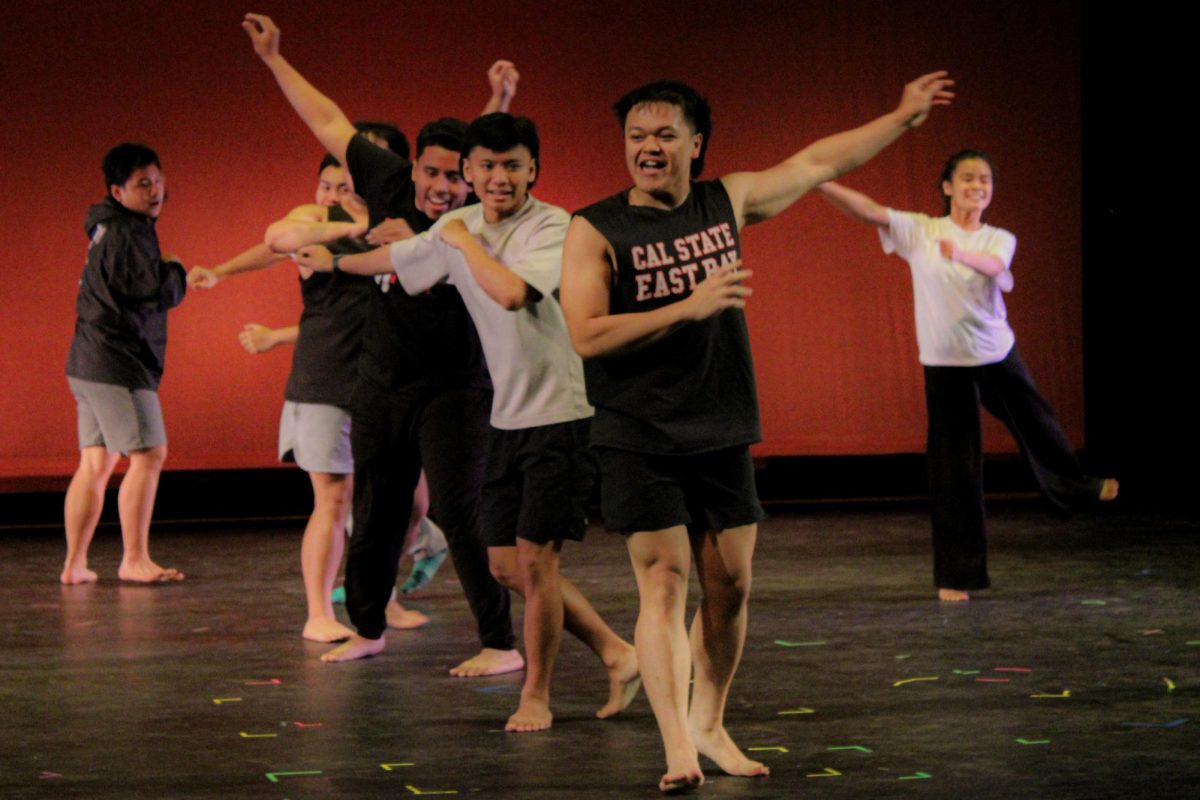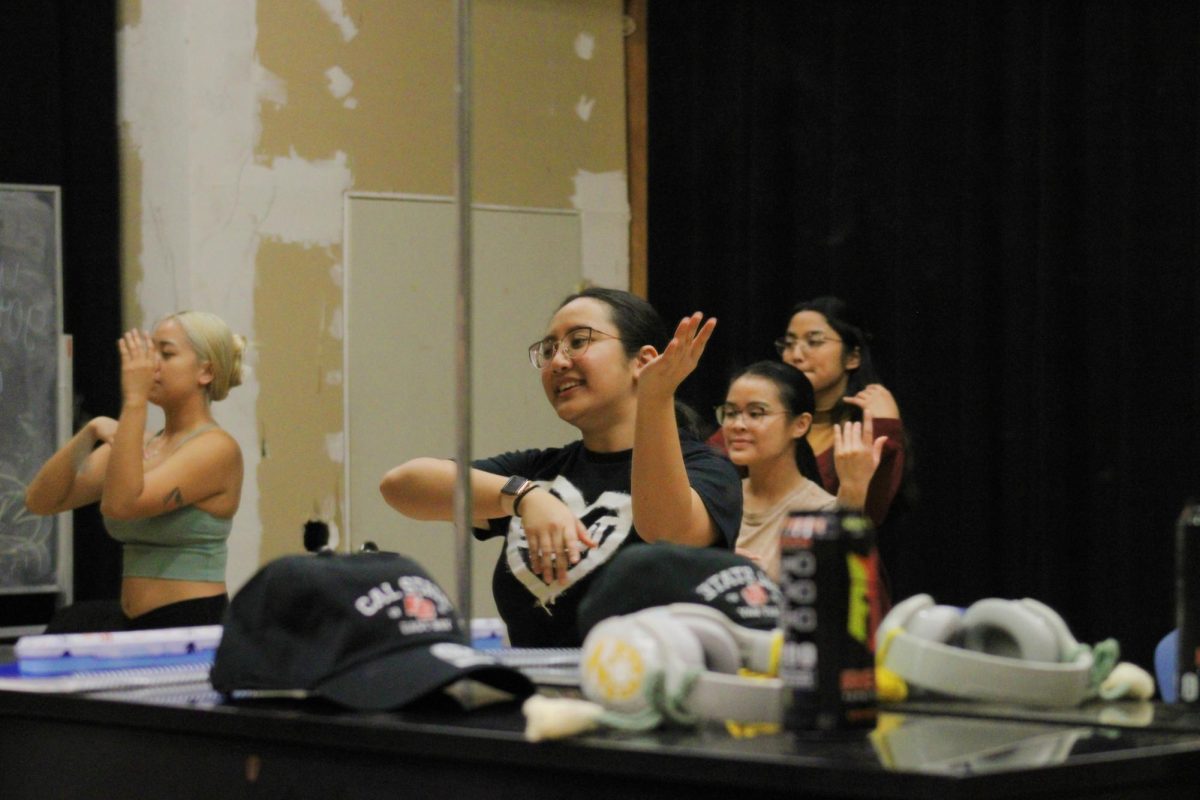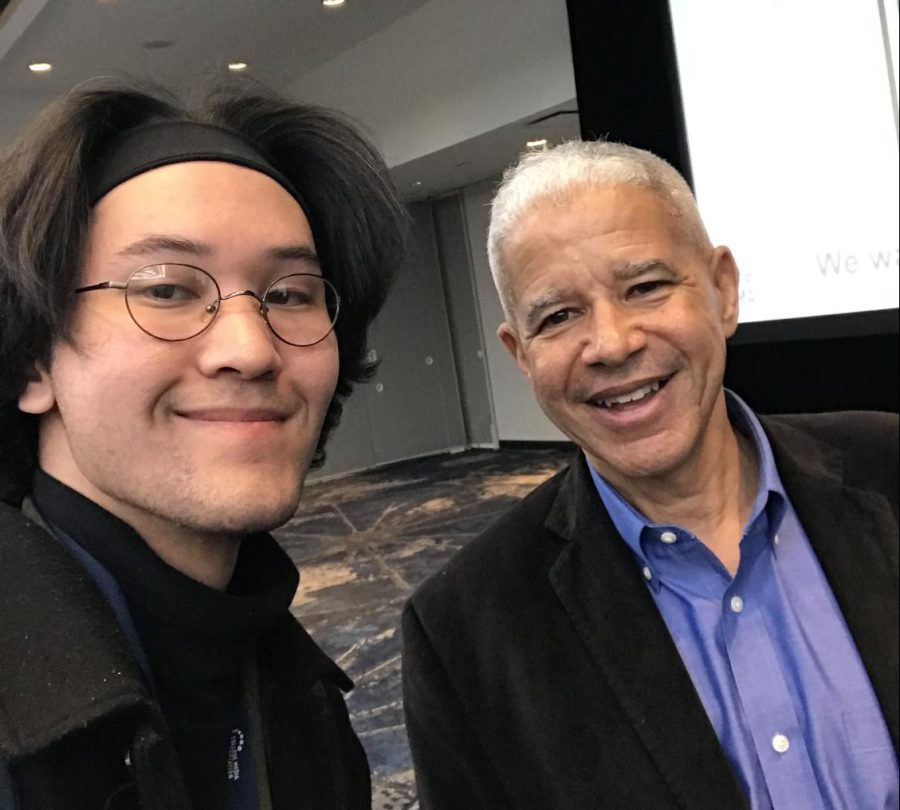
Stanford Theatre.
Amongst the cafes, restaurants, stores and other venues that can be found on Palo Alto’s University Avenue, there is also the Stanford Theatre that residents and visitors alike can be found at.
A five-minute walk away from Stanford University, the movie theatre is known for screening films from Hollywood’s Golden Age on traditional 35mm reels. The Stanford Theatre is also one of the few repertory theatres in the Bay Area that screen silent films on a regular basis.
The films aren’t the only aspect that transports attendees back in time. The theatre itself is a time machine all on its own.
The Stanford Theatre first opened to the public in June 1925. It has been serving the community since then, though temporarily closed for renovations in the late 1950s and again in the late 1980s following the Fred Astaire Film Festival.
It’s a very popular attraction for people across the age demographics. According to the Stanford Theatre’s official website, more people saw “Casablanca” there in 1992 for its 50th anniversary than anywhere else in the country.
It still maintains its traditional flashy theatre sign outside. In the lobby, chandeliers can be seen hanging from the ceiling and a popcorn vender and soda machine is seen off to the side.
The theatre itself contains the only screen in the building. With the red curtains pulled closed until showtime, a sea of seats to fill a lot of people and an organ off to the side for the accompanist, it truly gives the impression of being back in the 1920s.
For Stanford Theatre employee Daniel Kirsch, working at the theatre these past two years is an enjoyable experience. The Mountain View resident explained how he’d often come to screenings at the theatre as a kid. As an employee there now, he enjoys the benefits that come with the job; free movies, working with the old movie posters and just spending time there in general.
“It’s important to do silent [films] because it shows people these films in a way that they’re meant to be seen and not just on a screen at home; they’re meant to be seen on a big screen with an organ accompaniment,” said Kirsch.
Manager Cyndi Mortensen elaborated more on just how big of a cultural impact the Stanford Theatre has.
“We continue to be the most successful repertory theatre in the country, even more so now that repertory cinema is kind of dying out, particularly with the addition or the implementation of digital technology for movie theatres,” she explained. “We do not show anything in digital. Everything we show is 35 mm.”
With the changing times, though, Mortensen mentioned how that is becoming more difficult. With technology continuously evolving and films switching on over to digital formats, it’s becoming increasingly difficult to find films on 35mm prints.
Mortensen even mentioned how some studios and archives where she’d get the films from would ask if they do digitally formated movies because that’s what they’re moving toward and it’s cheaper.
Despite the obstacle, Mortensen persists to continue screening old Hollywood films the way they were done back in the day.
“I see film as an art form – a living art form – and just like anything else, any other kind of art form, paintings or literature, it’s something that needs to be preserved and made available for people to see,” she said.












